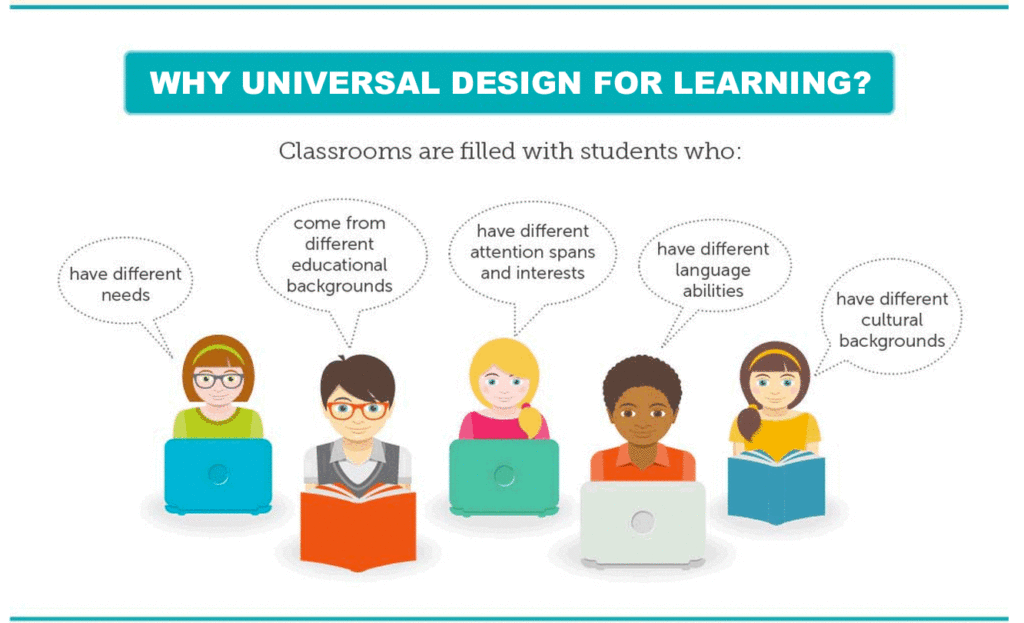Choose one (or more) of your planned learning activities from your Blueprint and identify any barriers for student success. How can you alter or adjust your current plan to reduce those barriers?

This week’s study is about Inclusive design. By reading this week’s article, I have also learned something about this topic. Inclusive design is an area that we have often overlooked in our previous studies, as well as in our previous studies as course designers. So what is inclusive design in the first place? My understanding is that it is design for all people in life, so that everyone can be more convenient. Designers design mainstream products and services that need to be accessible to as many people as possible, without special adaptations or specialized designs, and that is a good inclusive design. In terms of learning programs, it is about making it as easy as possible for each student to learn and succeed. Because everyone has their own uniqueness, it’s important to design learning programs in a way that makes it easy for everyone to show their own strengths.

In our Blueprint, for example, I feel that we need to make changes in the assessment area. I believe that if we want to create a more inclusive program of study, we need to make changes in this area. Because our performance assessment places a large weighting on the midterm and final, which can prevent some students who are not good at exams from doing well in their studies. My suggestion is to increase the weighting of the Group Project and Discussion Blog to the same level as the exams. This would allow students who are not good at exams to be assessed selectively, while students who are not good at writing essays could take exams. Secondly, because our topic might be more to read the text. We need to consider that some students may not understand the content of mere text very well, and maybe they may be confused about what they are learning. Then we can add some interaction with students in the future course design, for example, let students teach something they think about the course, which will not only deepen their impression of the content, but also make them gain a sense of achievement in learning, so that they can learn effectively. In addition, we can also add some pictures or videos to the course to support the teaching. I believe these changes will make the courses we design more inclusive.
References:
Chandrashekar, S. (2021, March 31). What is Inclusive Design for Learning? D2L. https://www.d2l.com/en-apac/blog/inclusive-design-learning/
Ivec, S. (2021, May 12). Why Your eLearning Content Needs An Inclusive Design Perspective. ELearning Industry. https://elearningindustry.com/elearning-content-needs-inclusive-design-perspective